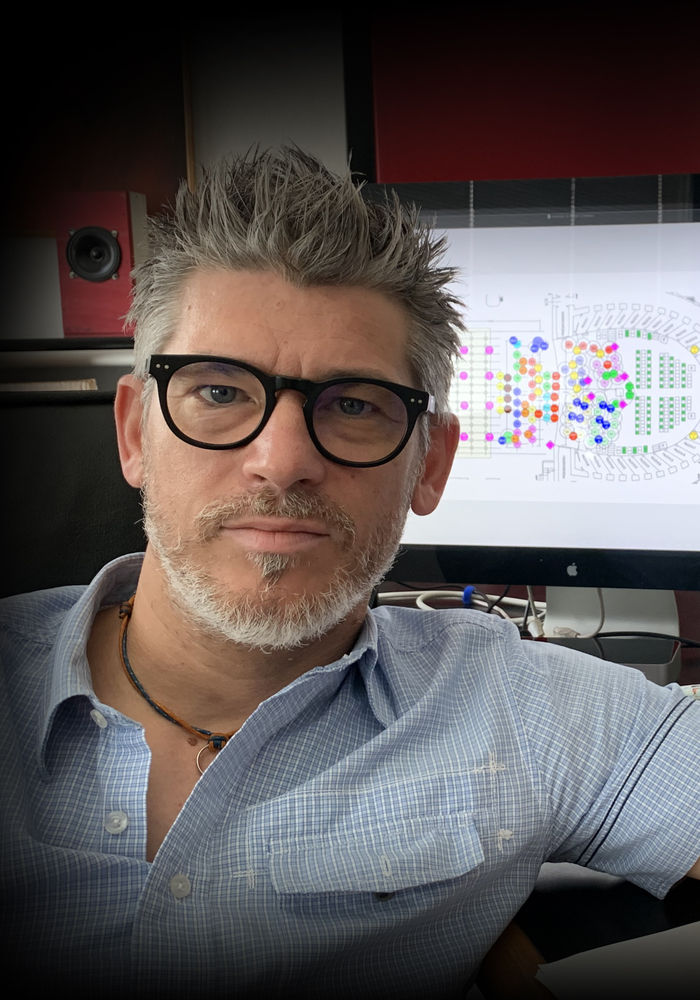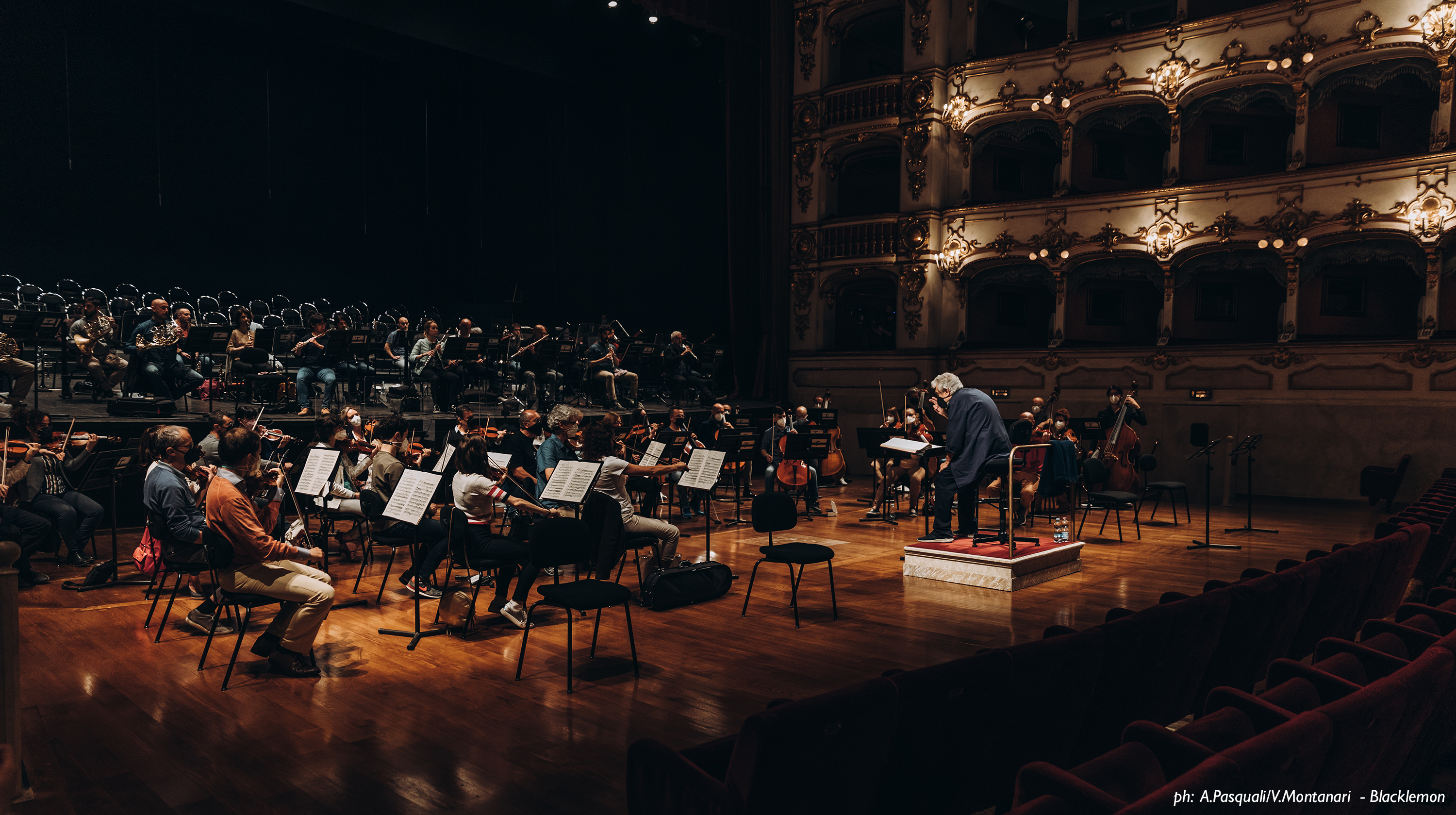Last month saw the 17th Century Teatro Municipale in Italy’s Piacenza reopen its doors with an innovative rendition of Verdi’s Requiem, featuring a 3D audio mix delivered via a KLANG:fabrik system. Federico Bianchi, audio engineer and KLANG specialist for Italian distributor AudioLink, spoke to Headliner about the production.
Traditionally used for in-ear monitoring, the live streaming boom has seen KLANG systems increasingly finding favour with productions for spatial audio mixes for online viewers.
The theatre set-up presented challenges due to social distancing restrictions, meaning extra space was required between the performers. The musicians were widely spread, with some on stage, others in the first section of the house, and the choir in the back of the stage a long way from the director, making traditional group miking difficult.
Around 60 microphones were used for the orchestra, choir and singers, and various microphones were placed around the venue to capture ambience and reverberation, with all inputs going to a DiGiCo SD9 connected to two D2 Racks.
Monitoring busses were used only for the choir, the orchestra and the singers, which was necessary given the distances between the performers, with groups and channels sent from the SD9 via MADI to the KLANG:fabrik unit. The output from the KLANG was returned to desk, allowing for a quick A/B comparison between 3D and stereo and still have a quick and simple way to manage monitoring and streaming.
Bianchi tells Headliner about the production and the role of the KLANG system in delivering a 3D mix…
Why did you decide to make this an immersive production?
Because there has been such an increase in the number of shows being streamed recently. The company managing the project and I were looking for a step forward in quality; after a brief demo to check the compatibility when listening with traditional loudspeakers or through TV speakers, we didn’t have any doubts that this was what we should do.
The second aspect is related to classical music. For too long we have been constricted in a stereo mix (this is also true for other genres of music, but classical is the most penalised) and my intention over the past months has been to move productions into the new immersive era.




